Rounding means choosing a simpler number close to the original number. These simpler numbers may be easier to solve problems with.
To better understand Rounding (NEAREST 10 AND 100)…
LET’S BREAK IT DOWN!
Toy Cars
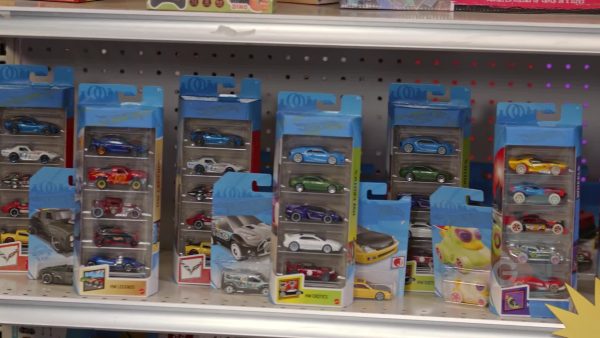
Let’s say you have 57 toy cars and you want to round the number of cars you have to the nearest ten. You can draw a number line from 50 to 60 to help you round. After you draw the number line, mark the halfway point at 55. Then you can locate 57 on the number line. 57 is greater than 55 so you know that the point for 57 is to the right of 55. Now you can see that 57 is closer to 60 than to 50, so you round up to 60. You have about 60 toy cars. Try this one yourself. You bought 42 flowers for a party. Round the number of flowers you bought to the nearest ten.
Bouncy Balls
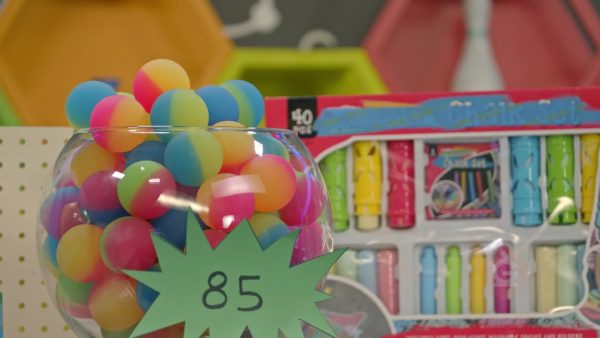
Let’s say you have 85 bouncy balls and you want to round the number of bouncy balls you have to the nearest ten. 85 bouncy balls is between 80 and 90. You make a number line from 80 to 90 and mark the halfway point at 85. Since the number of bouncy balls you have is halfway between 80 and 90, you follow the rounding rule and round up to 90. You have about 90 bouncy balls. There is a pattern. You don’t have to always draw a number line. If you want to round to the nearest ten, you can look at the digit in the ones place. If it’s 4 or less, you round down. If it’s 5 or greater, you round up. Since there is a 5 in the ones place, you round up to 90 and get the same answer: about 90 bouncy balls. Try this one yourself. You have 64 bouncy balls. Round the number of bouncy balls you have to the nearest ten.
Cows
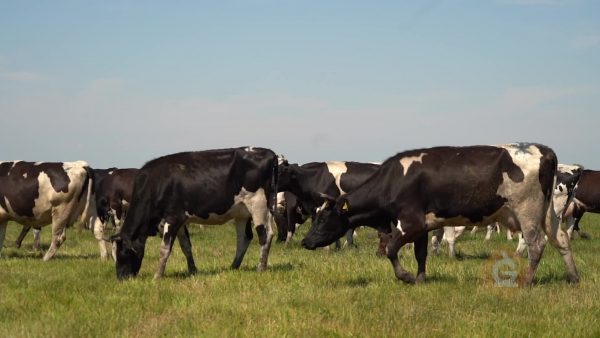
Let’s say you’re a farmer and you have 142 cows. You want to round the number of cows you have to the nearest ten. To round to the nearest ten, look at the digit to the right of the tens place. If it’s 5 or more, you round up. If it’s 4 or less, you round down. 142 has a 2 in the ones place, so you round down to 140. You have about 140 cows. Try this one yourself. A farmer has 178 pigs. Round the number of pigs they have to the nearest ten.
Jelly Beans
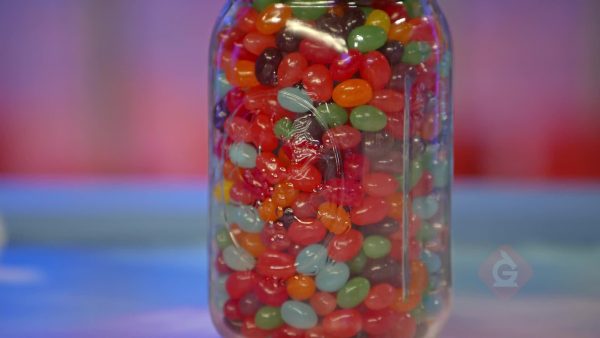
Let’s say you have 329 jelly beans and you want to round the number of jelly beans you have to the nearest hundred. To round to the nearest hundred, look at the digit to the right of the hundreds place. If it’s 5 or more, you round up. If it’s 4 or less, you round down. 329 has a 2 in the tens place, so you round down to 300. You have about 300 jelly beans. Try this one yourself. You have 378 jelly beans. Round the number of jelly beans you have to the nearest hundred.
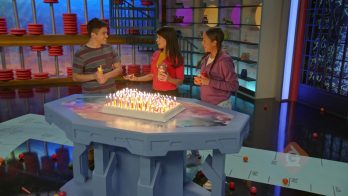
































































































































 Select a Google Form
Select a Google Form








